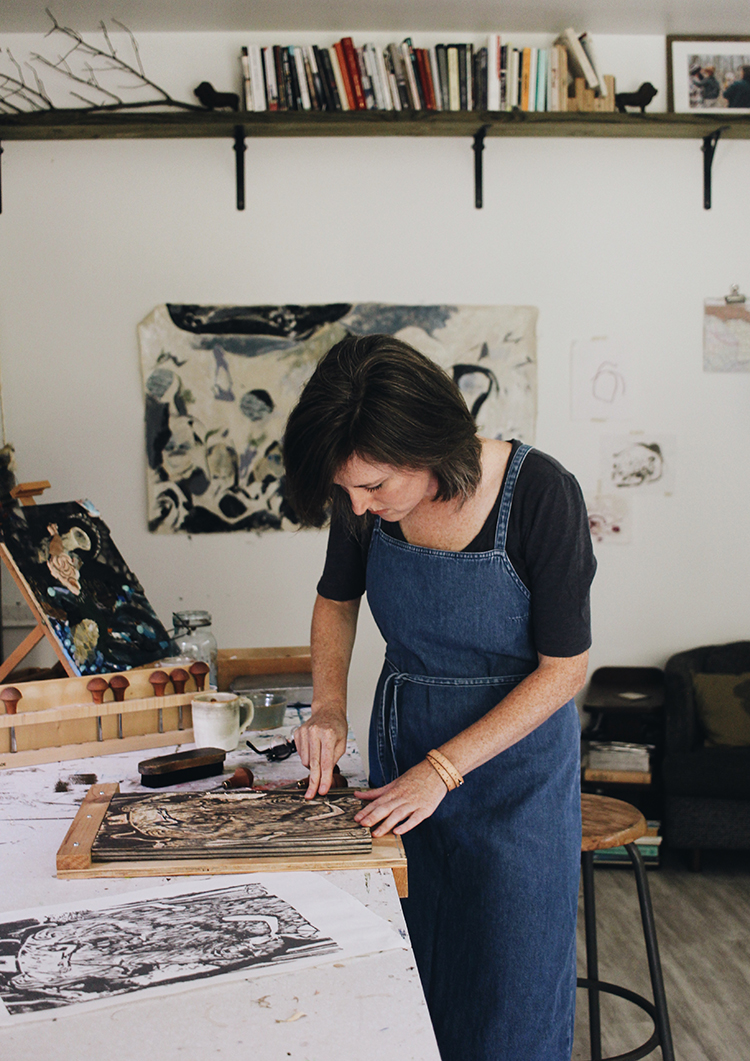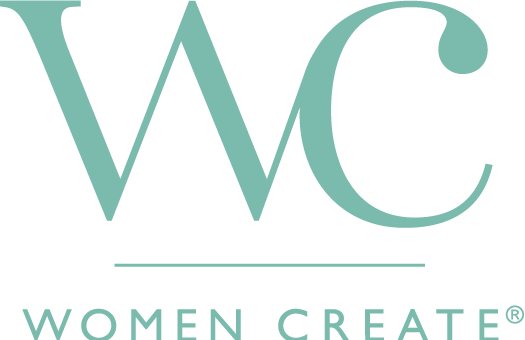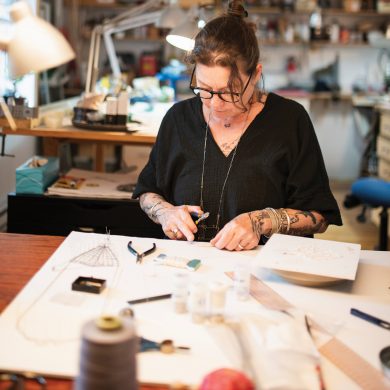I open the studio doors.
Nine paintings in various stages greet me. The drying rack is heavy with unfinished illustrations. Three drawers are partially opened, evidence my sons have raided my stash of tools and flotsam—again! The floor is littered in curls of birch, the wood shavings carved from a woodcut I am working on this week.

It looks like you’re out of free articles.
Become a Women Create member to read this full article.
Already a member? Sign in

Monthly Membership
- Unlimited access to the Women Create website
- Monthly Maker Moments livestreams, members-only newsletters and more

Annual Memberships
- Unlimited access to the Women Create website
- Print and digital subscriptions of WHAT Women Create magazine, WHERE Women Create magazine, or both
- Monthly Maker Moments livestreams, members-only newsletters and more







